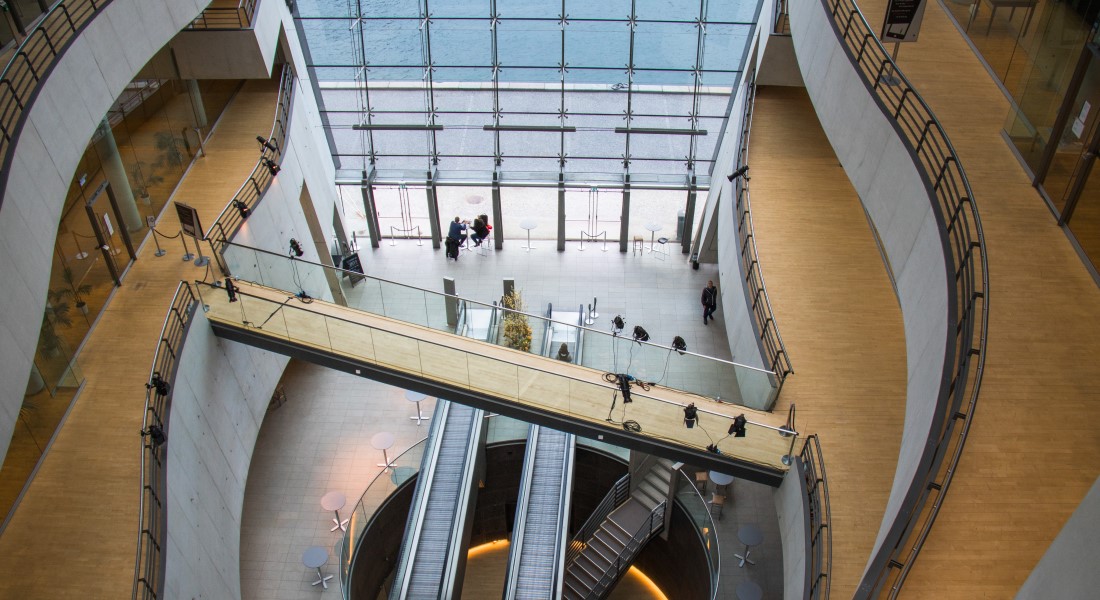How are people affected by aesthetic atmospheres?
With support from VELUX FONDEN, Tone Roald from the Department of Psychology will investigate how we experience atmospheres created by music and architecture. The aim is to describe what characterises such atmospheres and how they affect us.

Everyone knows the experience of a piece of music or an architectural space that creates a particular atmosphere. But what exactly are such 'aesthetic atmospheres', and how do people experience them?
These are some of the key questions that a new project led by Associate Professor Tone Roald from the Department of Psychology will investigate with a grant of DKK 5.7 million from the VELUX FONDEN Core Group Programme (see fact box).
There are already studies on how aesthetic disciplines such as music and architecture affect our behaviour. For example, whether we are more likely to spend more money in a supermarket if there is music playing in the background, or whether we spend more time in certain types of urban space.
But according to Tone Roald, psychologists and other professionals know surprisingly little about atmosphere from an experiential and qualitative perspective.
"We are always in atmospheric situations, yet it is not most of the time something we reflect upon. But atmospheres affect our emotional life. So although atmospheres can be intangible, it is very important to understand their consequences on our life,” she says.
“With this project we want to show that it is possible to describe different types of atmospheres in detail and how the psyche experience them. What are the characteristics of aesthetic atmospheres and how do they affect people at the moment of listening to a piece of music, for example, and afterwards as well?”
Focus on music and architecture
The study has chosen to focus on music and architecture because, in combination, these two art forms involve both sound and visual impressions as well as movement.
Specifically, the study will use specially designed interviews to ask participants to describe how they experience particular pieces of music and architectural spaces. In some cases, participants will also be interviewed a month and a year later to get a picture of how they look back on the original experience.
The interview material will be subjected to extensive phenomenological analysis, in an effort to understand the phenomenon of 'atmosphere' in relation to the psyche, its various forms and more general characteristics.
It is a study of the sensory and perceptual forms of consciousness in relation to atmospheres, as Tone Roald puts it. At the same time, she hopes that the study will contribute to the creation of more beneficial atmospheres.
"Some atmospheres are engaging for us, while others are pacifying. By better understanding atmospheres, we will have better options for influencing the environments we are part of on a daily basis. This can have practical implications for how we design schools and hospitals, for example.
Read VELUX FONDEN's press release (In Danish) on the latest round of grants.
Contact
Tone Roald
Associate Professor, Department of Psychology
Email: tone.roald@psy.ku.dk
Telephone: +45 35 32 48 47
Søren Bang
Journalist, Faculty of Social Sciences
Email: sba@samf.ku.dk
Mobile: +45 29 21 09 73
